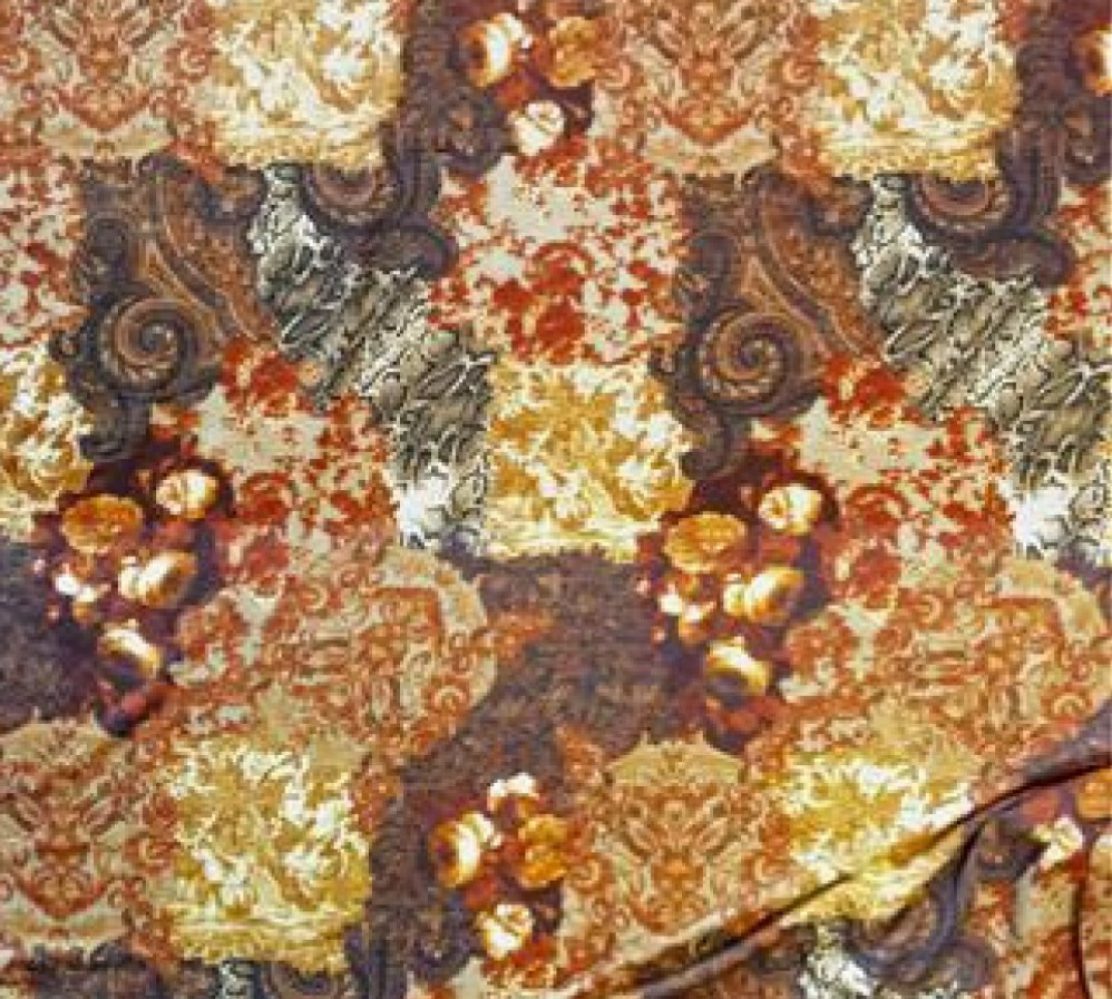Bloggers who do illustrated tutorials have my full admiration. Because it’s bloody hard to do well!
I started out with the best of intentions to make my FFRP Odyssey a tutorial of sort. But I ran out of patience. Sewing is supposed to be fun. This bodice fitting is turning out to be a chore. So I’m going to wrap this up and park further fidgeting with fitting for the future, when my patience returns. Brace yourself for a long post though.
Hurdle Squared: 1 step forward & 2 steps back
I must admit I haven’t been exactly faithful to FFRP when it comes to the actual alteration. Some of the diagrams just don’t add up to me. So I turned to my Fitting & Pattern Alteration book at times (eg initial back width & high round back alterations), and resorted to smooshing and transfering à la Kenneth King at other times (more back width alteration).
This is the closest I got to what looks like a good fit, in tissue anyway:
So imagine my dismay when the first gingham try-out turns out like this:
It felt a bit too loose around the bust and in the back. Pinning out the looseness I arrived at this:
Hmm, over-fitted. Again.
The bust points are now a little bit too high. This together with the horizontal wrinkles in the lower back make me think I might have pinned out too much length in the front. I had deepen the side bust darts and took a horizontal tuck between bust points to follow what I thought was the contour of my bust. I probably should have made the side bust darts more shallow instead. Just one of those paradoxes of fitting that gets you.
After correcting this mistake and experimented with different back side seam angles and side seam height alignments, I arrived at this:
The slight tug under the bust I think is just due to the curved under-bust darts not being properly clipped to the curves.
The front armscyes look a bit too scooped out. But they feel more comfortable this way, especially when I reach my arms forward and the whole shoulder areas seem to move with my arms, creating those vertical wrinkles next to the armscyes.
There’s an interesting discussion on Pattern Review about this which I can’t seem to find anymore. Someone had claimed that for comfortable arm movement the front armpit to armpit width (at about the notch level) should have zero ease, but the same width in the back should have about 3/4″ ease (or 3/8″ per side). The only problem for me is that when my arms are by my sides, they tilt backward a bit, so extra fabric at the back armscye notches binds. So my armscye now look a bit like a tear drop shape. Weird.
The back I just can’t seem to get right. It doesn’t help that I don’t have a fitting buddy for this hard to reach (and see) area. I ended up shifting the dart points inward closer to my blade apexes, pinning a horizontal tuck between the blades at blade level, vertical tucks at the darts and deeper bottom darts, and horizontal tucks in lower side backs to pin out excess lengths at the back side seam.
By this point, I have so many markings on this gingham that I can’t see what’s what anymore. So I transferred the latest alterations back to the tissues. Then I traced off a copy that removed any extra vertical and horizontal tucks and darts by pivoting and sliding.
After truing things off I made a fresh gingham off the new altered patterns:
Apart from needing to lengthen it slightly all around, I’m declaring it Good Enough for now. Well, good enough for a Hold-Your-Breath Bodice anyway. There really isn’t enough ease to breath easily in this. I’m speculating this won’t be a problem for stretch woven, but will be a problem for standard woven fabrics.
I’ve made one garment too many like this. All the ones based on my old Big Bertha sloper were like this. They really were fit only for a Dummy that doesn’t need to breathe. Or sit. Or move in general.
So the Billion Dollar Question is: Where to add that wearing ease. Seems like I wasn’t the only one asking the question. Someone had already asked on Pattern Review about where to add ease when creating a sloper. There doesn’t seem to be a straight answer with clear explanation of why. The closest was Don McCunn’s reply “Ease is almost always added to the side seam because that is where the maximum amount of movement occurs as you move in a garment.” So that’s what I intend to try.
Maybe I should also try out Kenneth King’s Moulage class / CD book. Because what I’ve got is essentially a second-skin moulage without all the measuring nightmare. But I still need to learn how to turn the moulage into sloper and blocks.
The scenic route back
Out of curiosity I compared this final (for now) version of the bodice with Vogue 1004 Fitting Shell size 10 and size 8. And guess what, I’m back to a size 8! (I was a size 8 in my twenties. Then I got married and too well fed.)
Here’s the front comparison with a size 8 C-cup.
I needed a bit more width in the bust area and waist, but the bust darts all seem to be the same size as the size 8 C-cup front.
Here’s the back comparison.


![]() Again the dart in the lower half seems to be the same size. Interesting how the width added to the lower front is taken away in the back, resulting in a net gain of zero. But then again I have still have to add a bit more ease.
Again the dart in the lower half seems to be the same size. Interesting how the width added to the lower front is taken away in the back, resulting in a net gain of zero. But then again I have still have to add a bit more ease.
I did have to make adjustments for rounded upper back, prominent shoulder blades, forward shoulder joint, and forward head. These along with the bigger cup size all point to one thing: Aging 🙁
But at least my frame is still size 8. All those expensive Designer Vogue Patterns I bought ages ago and cut out to size 8 have not been wasted after all! 🙂
So off I go with more fun summer sewing. I’ll sort out the sleeve fitting when autumn / winter comes again.































































